Over a year ago, someone asked me to write my advice for someone who was a new homeschooler. I haven’t talked about homeschool on this blog in many years, but I had an interesting moment this morning where I not only remembered this email, but felt a strong urge to post it here.
I think most of these points apply to anyone trying to structure home life with children, especially during the summer, so take what you need, and forget the rest.
1. Pray first thing as a family every day. Establish routines for start time, subjects, breaks, and lunch. Consider scripture time a daily subject.
2. Do things regularly with other families. It is good that kids play with children of all ages.
3. Choose a curriculum strong in language arts and math. Have a plan for the year, each month, week, and every day.
4. Steel yourself to criticism from those who don’t understand what you are accomplishing.
5. Go on dates with your husband without the kids.
6. Fill your house with books of all kinds and read, read, read together and independently.
7. Find a friend with whom you can share your experiences so school and children aren’t the only things you talk about with your husband.
8. Plan unstructured time for kids to explore their own interests. Their interests can propel their desire to read, write, and learn how to be proactive learners.
9. Celebrate achievements with certificates or stickers or whatever makes your kids happy. Don’t feel like you have to mirror a public school classroom with big charts, etc. You can do simple, meaningful things to track progress.
10. Go outside together or do crafts when things get too intense in the house.
11. Explore nature, go to museums, run and play, visit the elderly, take art classes, make collections together. Some of the best advice I received was to play with playdough with my children. Your children will need to help around the house, too. You can’t do everything yourself.
12. Look at every subject as a means to increase reading and writing skills.
13. Take pictures and cherish the time together. Don’t broadcast everything on social media. Honor your children’s privacy in learning and development.
14. Listen for and expect the Lord to lead you in small things and big things. Heavenly Father is even more interested in helping your children progress than you are, so be willing to accept answers that aren’t part of your original plan.
15. You can contact me if you want to talk. I was a homeschool mom for 14 years.
Art by Paige, around 2010

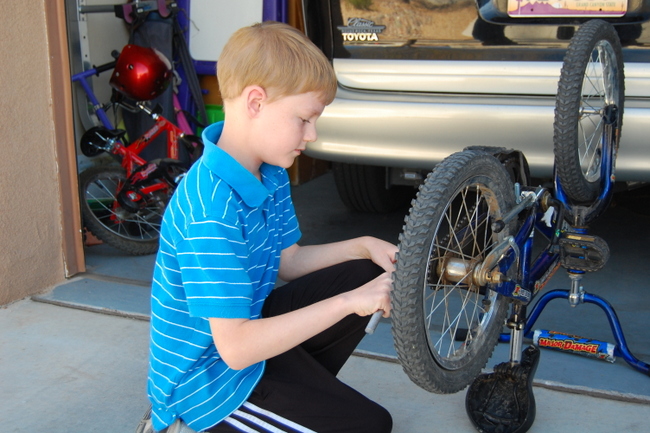
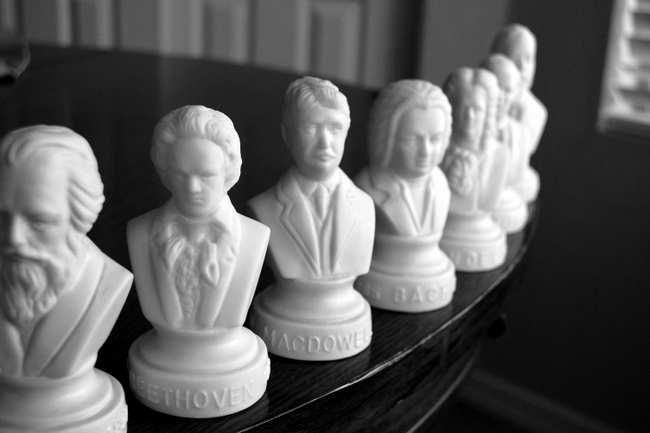
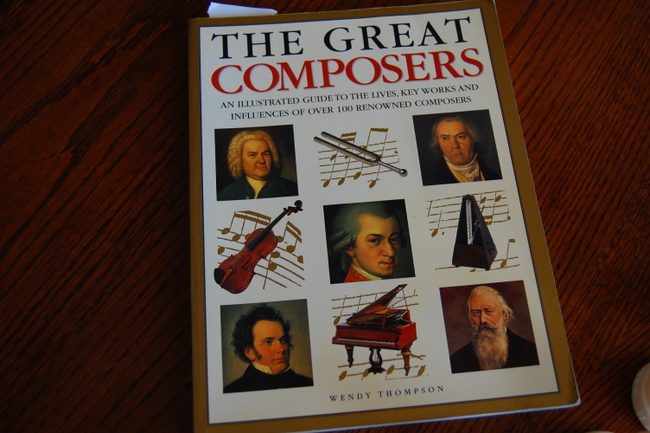
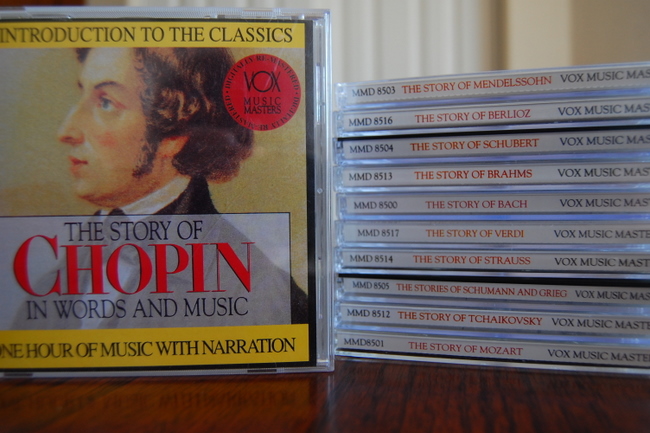
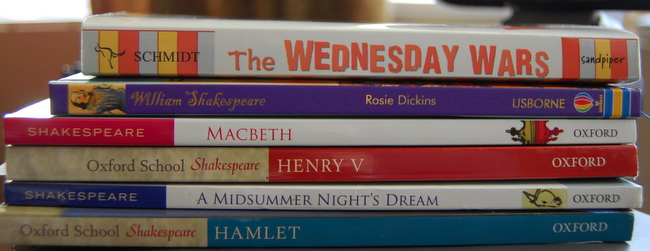
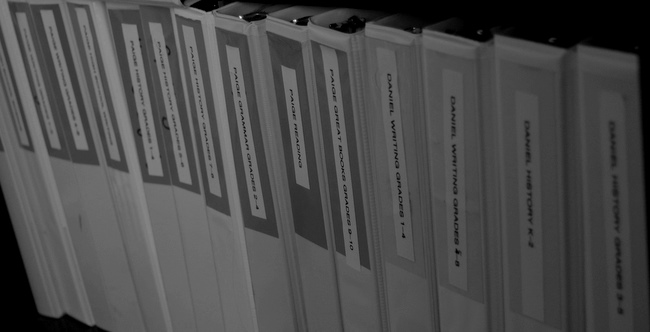

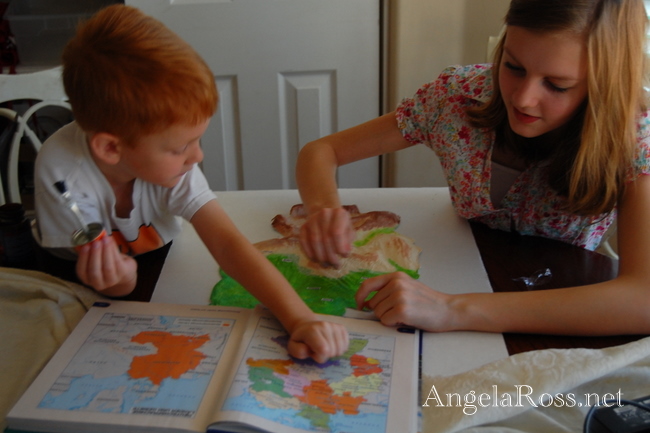
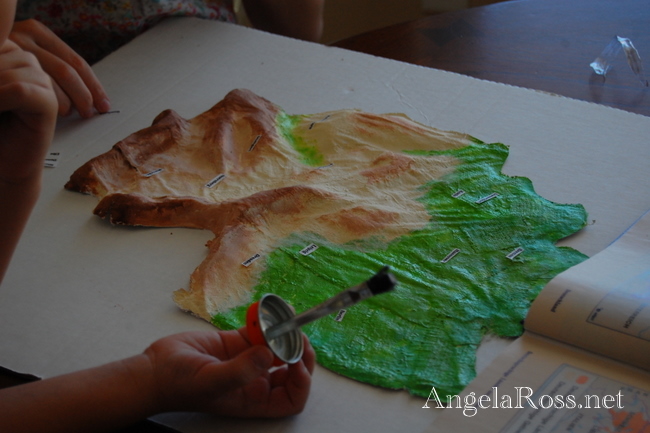
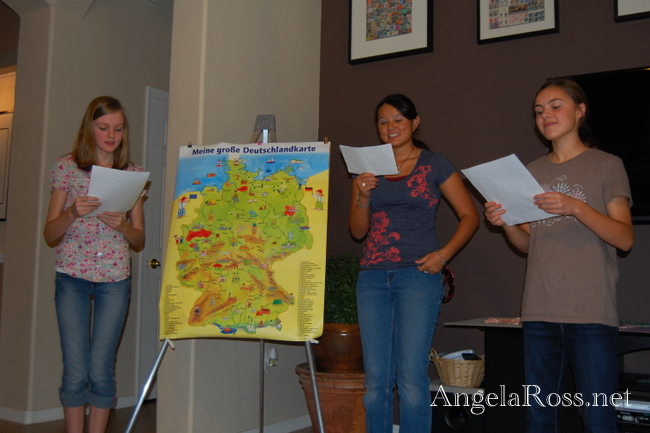
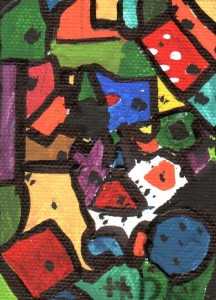
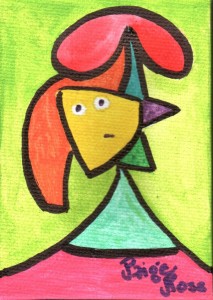 Attended an art lesson about Picasso. Learned about his life and styles from a guest artist.
Attended an art lesson about Picasso. Learned about his life and styles from a guest artist. Created Picasso-style paintings and drawings in art class and at home.
Created Picasso-style paintings and drawings in art class and at home. Played with playdough. We made igloos, cookies, cinnamon rolls, and other amazing things.
Played with playdough. We made igloos, cookies, cinnamon rolls, and other amazing things.